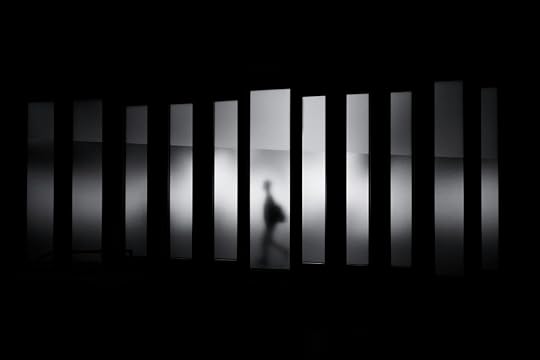Shadows
Avinight
Shadows I can see,of things that are gonna be,
Shadows left behind,
because they aren't needed, right?
Reflections they show,
Of Future,
…
You may find the rest of the poem here.
Analysis
In the poem “Shadows,” the speaker challenges the common view that shadows are dark and negative, encouraging readers to see them instead as evidence of light. The central idea of the poem is that shadows are not to be feared or avoided, but rather, they are the natural result of light. The speaker asks us to reconsider our assumptions about shadows and understand them as part of a greater balance between light and darkness.
At the core of the poem is the relationship between light and darkness. Shadows, often viewed as dark or even sinister, are shown to be proof of light’s presence. The speaker writes, “They are considered dark, / even though, / they prove, / the presence of light.” This challenges the traditional view of shadows as something negative. Instead, the poem suggests that shadows exist because light is shining on an object, and thus, shadows should be seen as signs that light is at work, not as symbols of evil or absence.
“Shadows” touches on the impermanence of…shadows. The speaker mentions that shadows represent things that are “gonna be” or “left behind,” highlighting their temporary and shifting nature. Just like moments in life, shadows change constantly, reflecting the past, present, or future. This idea deepens the theme of shadows being more than just dark shapes; they are fluid, always in motion, and always tied to the presence of light.
The poem’s structure mirrors the theme of shifting shadows. It follows a free verse form, with no set rhyme or rhythm. This lack of structure reflects how shadows change shape and appearance based on the light around them. The short, fragmented lines create a sense of movement, echoing how shadows are not fixed but fluid, adapting to the light source. The simplicity of the language makes the poem feel reflective and accessible, inviting readers to think about shadows in a deeper way without distraction.
The straightforward language also helps convey the poem’s main message clearly. The speaker doesn’t use overly complicated metaphors, but instead keeps the focus on the idea that shadows are a natural part of life, created by the light. This direct approach helps readers engage with the poem’s ideas and understand that shadows should not be feared, but recognized as evidence that light is present.
This piece also reflects the author’s personal experience of being misjudged. The speaker compares the misunderstanding of shadows to how people are often judged based on surface-level impressions. Just as shadows are wrongly seen as dark or negative, introverted or quiet people can be misjudged as unfriendly or rude. The poem encourages readers to question their biases and reconsider how they perceive both shadows and people. The speaker asks, “Who said shadows are bad?” to challenge us to think about why we view certain things in a particular way.
The tone of the poem is calm and reflective. The speaker is not trying to make an aggressive argument but rather gently invites the reader to reconsider their views. The poem’s message is one of acceptance and understanding, suggesting that shadows, like people, have value and purpose. Shadows are not negative; they are a result of light, and we should appreciate them as part of the natural balance in the world. The poem encourages us to embrace the presence of shadows as proof that light exists and is shaping the world around us.
“Shadows” is a thoughtful poem that uses the image of shadows to explore the balance between light and darkness. Through its simple structure and language, the poem challenges readers to reconsider their assumptions about shadows and to see them not as dark or negative, but as proof of the presence of light. The poem encourages us to look beyond surface appearances and recognize the deeper connections between light, darkness, and the world around us. Ultimately, it reminds us that shadows are not to be feared but celebrated as part of the larger flow of light in our lives.

Photo by David Werbrouck on Unsplash



